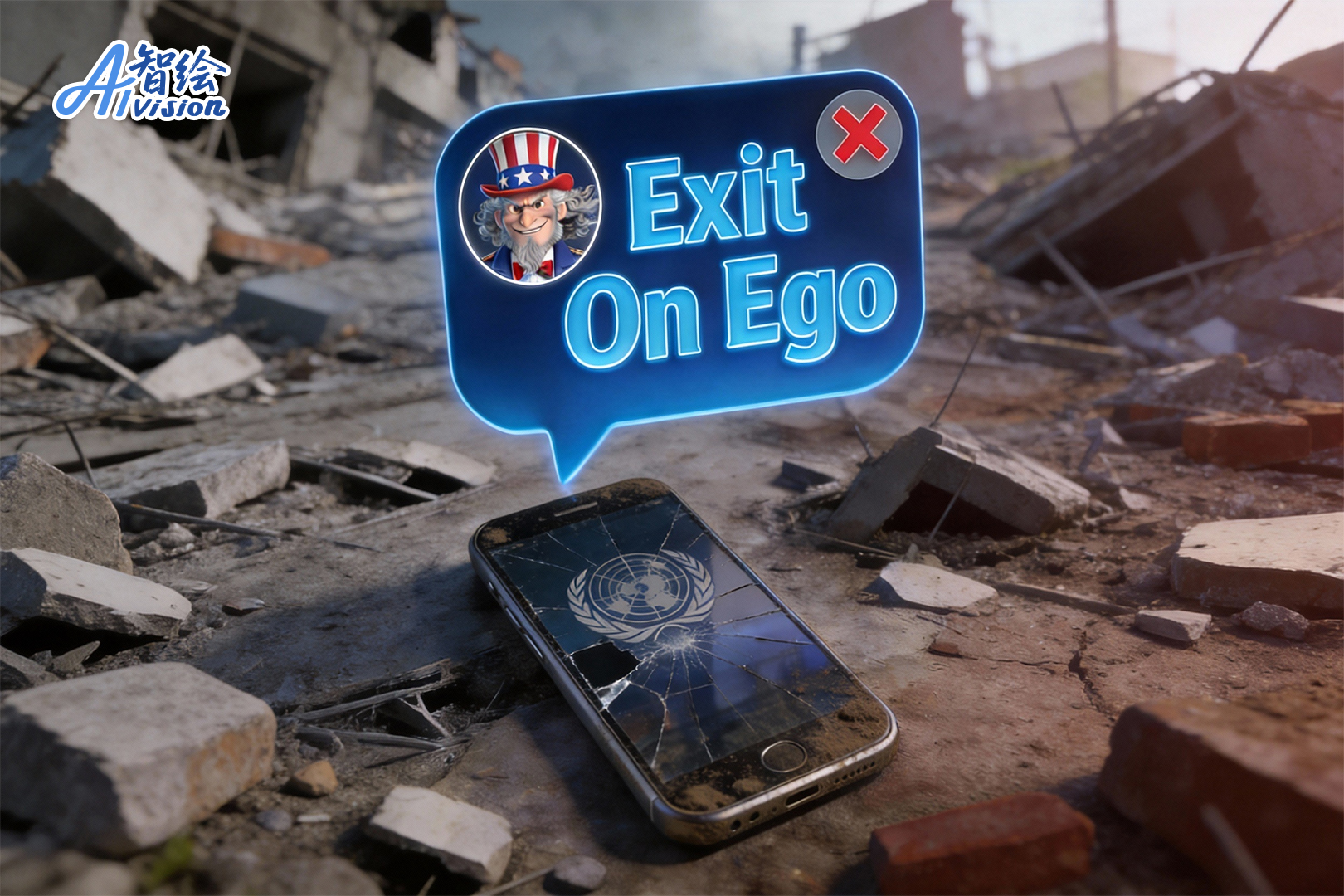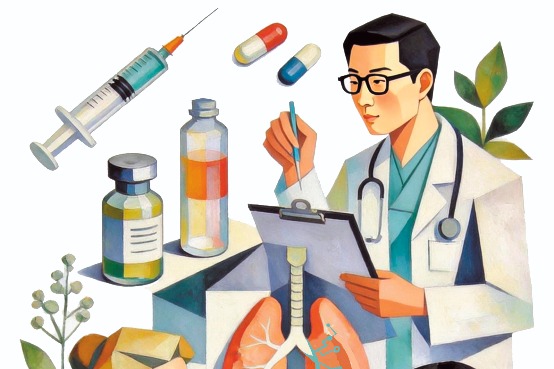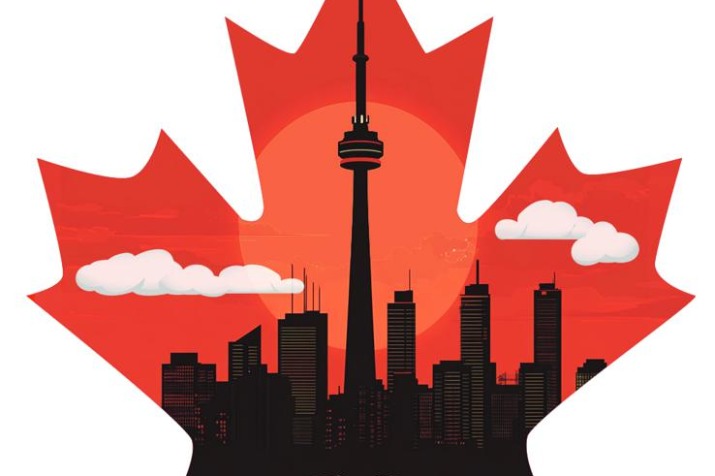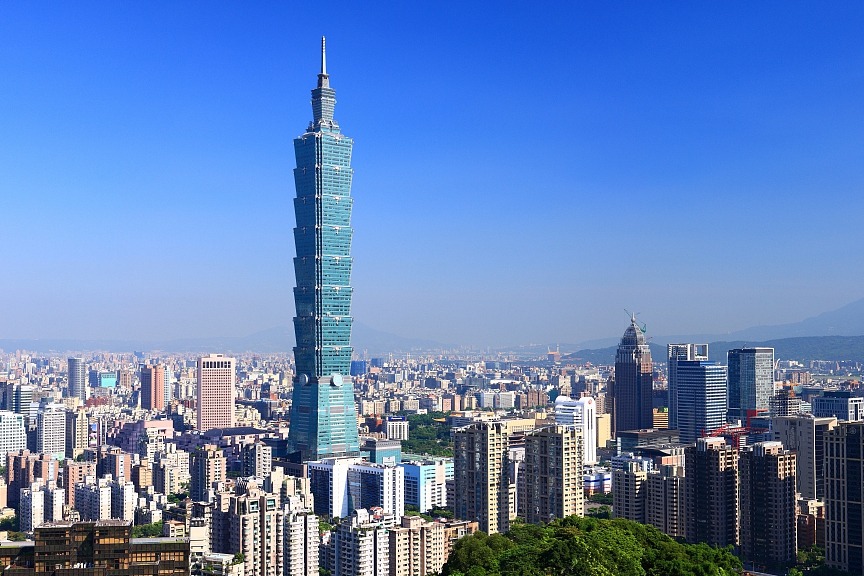Tackling COVID-19 requires countries coming together, not blame-gaming


In 1987, I travelled from Scotland, overland by rail, to China. Arriving at the border station in Inner Mongolia I had a brief health check. All OK, but I was puzzled why it had happened, a first in my world travels. A fellow passenger, indeed the first Chinese person I was to talk with, explained carefully in English. At that time, domestic health services were often rudimentary, were developing. The country desired to prevent various contagions already prevalent elsewhere from entering and spreading. The major concern then was HIV/AIDS. Over the years form filling and temperature checks at airports on arrival became common place. Many who have worked and lived in China will have gone through such mandatory, extensive checking before a work permit is issued.
Today the inspections are much more advanced, thorough and high-tech compared to 1987. Presently they are playing a key role in preventing imported cases of COVID-19 spreading. China seems to have greatly reduced or removed the virus threat domestically. Now, new inbound cases are being identified at airports followed by strict quarantine procedures along with contact tracing. Outbound travelers are also screened before departure.
Presently the focus has shifted away from China towards many other countries where the rise in cases and fatalities is sadly much greater than what China experienced earlier this year. Watching the daily reports, particularly from my own country - I am British, my homeland Scotland - I keep asking myself why lessons were not learned from how the situation was handled here, relatively quickly. I and many others were posting photos and messages on social media of what was happening; it was covered extensively in news reports. I kept writing of how it seemed to be coming under control, of how lessons could be learned. It seemed odd that passengers were arriving at airports worldwide from China and not being checked? Many of us have talked about and questioned this, for countries were actively encouraging visitations by Chinese tourists and students to attend their top universities. It only takes one or two people to bring a virus by air into the receiving country. Why were there no checks at point of entry? No quarantine or follow-up with new arrivals? Today, anyone coming to Beijing, even from other Chinese provinces, must undergo strict checks and a 14-day quarantine. It's compulsory for everyone.
Living in Beijing, we knew, through domestic social media, that there was seemingly a local problem with health issues originating apparently from a market in Wuhan. I have been involved with China long enough, 33 years, to appreciate that with the size of the country, local outbreaks can and do occur. Indeed, disease knows no borders, who knows where the next epidemic may originate?
China has a complex, devolved system of governance that can go right down to community or even street level. With health, for example, it is handled usually at city and or provincial level. However, COVID-19 was a new virus, yes some similarities to 2003 SARS but it appeared to have a faster rate of infection and spread. Much was unknown about it. When it was feared its spread could potentially reach beyond Wuhan/Hubei, particularly as the week-long Spring Festival was approaching, it became a national issue. With many people about to travel, I kept thinking this could potentially be disastrous nationwide? Could it be contained in Wuhan, would there be enough testing equipment, health workers, quarantine facilities? Urgent, fast action followed. Lockdown! I remember watching it all unfold, wondering whether the country could pull it off again, as was achieved with SARS.
While some may view 'Lockdown' as extreme, it was deemed necessary and generally accepted as a first step in avoid human interaction and disease spread. Had this not happened, the Wuhan hospital system would probably have been overwhelmed. China took a path of short term economic pain to save lives - courageous, but my feeling was it was the right step. Imagine, even with a fatality rate of 1 percent, nationwide that would be many, many lives lost out of a population of 1.4 billion. Today, with countless numbers saved, life is slowly returning to a 'new normal', even in Wuhan. People nationwide are looking forward to the upcoming May holiday and hotels are seeing bookings rising, and so on.
I remember clearly the third week in January while staying in Tianjin, everything changed quickly. People, including me, were wearing face masks, and temperature checks were widely applied. Today in Tianjin, as with most cities nationwide, business is returning, production is restarting and cafes are reopening but mask wearing remains practically universal, along with temperature checking. Walking through my neighborhood in Beijing yesterday, a person would look out of place not wearing a mask.
Again, I keep asking myself as to why western countries, including my own, did not follow China's example, and now they have fatality rates way in excess of what happened here. It is indeed tragic. Of course, some measures taken by China could not fit into western societies where individualism often takes precedent over a more collective attitude seen here. I have lived and worked under both systems and have seen the pros and cons. However, China in only two months has prevented what domestically could have been a catastrophe. There is the national ID, which allowed rapid application of Big Data high-tech analysis to identify both carriers and contacts leading to full testing, quarantine, and appropriate medical treatment while preventing disease spread. Of course, many countries do not have personal ID, including my own, but are trying to devise systems that can hopefully work within their particular environments. However I keep feeling it is a 'catch-up' scenario.
With COVID-19 being a national issue, so medical teams from across China were dispatched to Wuhan/Hubei to take pressure off the system that was potentially being overwhelmed. This proved successful, as did the rapid availability of PPE (Personal Protection Equipment) for all health and essential workers. Television repeatedly showed plane loads of equipment being sent there. Indeed, in February 16,000 ventilators were rushed by the central government to Hubei. It is particularly upsetting seeing health workers overseas doing such a vital job at times without the equipment they need for both for their own protection and for the lives of their patients. It is also indeed ironic but also excellent to see such equipment now going out from China to countries in need. COVID-19 requires countries coming together, working together. This is not a time for finger-pointing at China or blame-gaming.
Over many years, I have learned much, living and working across this country. In the present situation I keep thinking if only just some of the measures adopted here had been put in place before the virus reached foreign shores, many, many lives could have been saved.


































